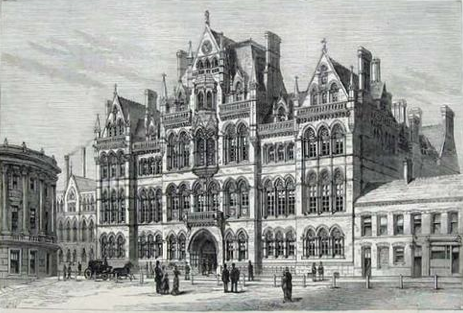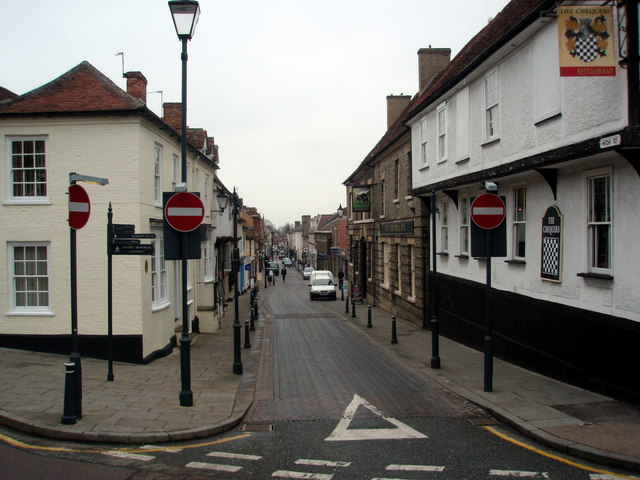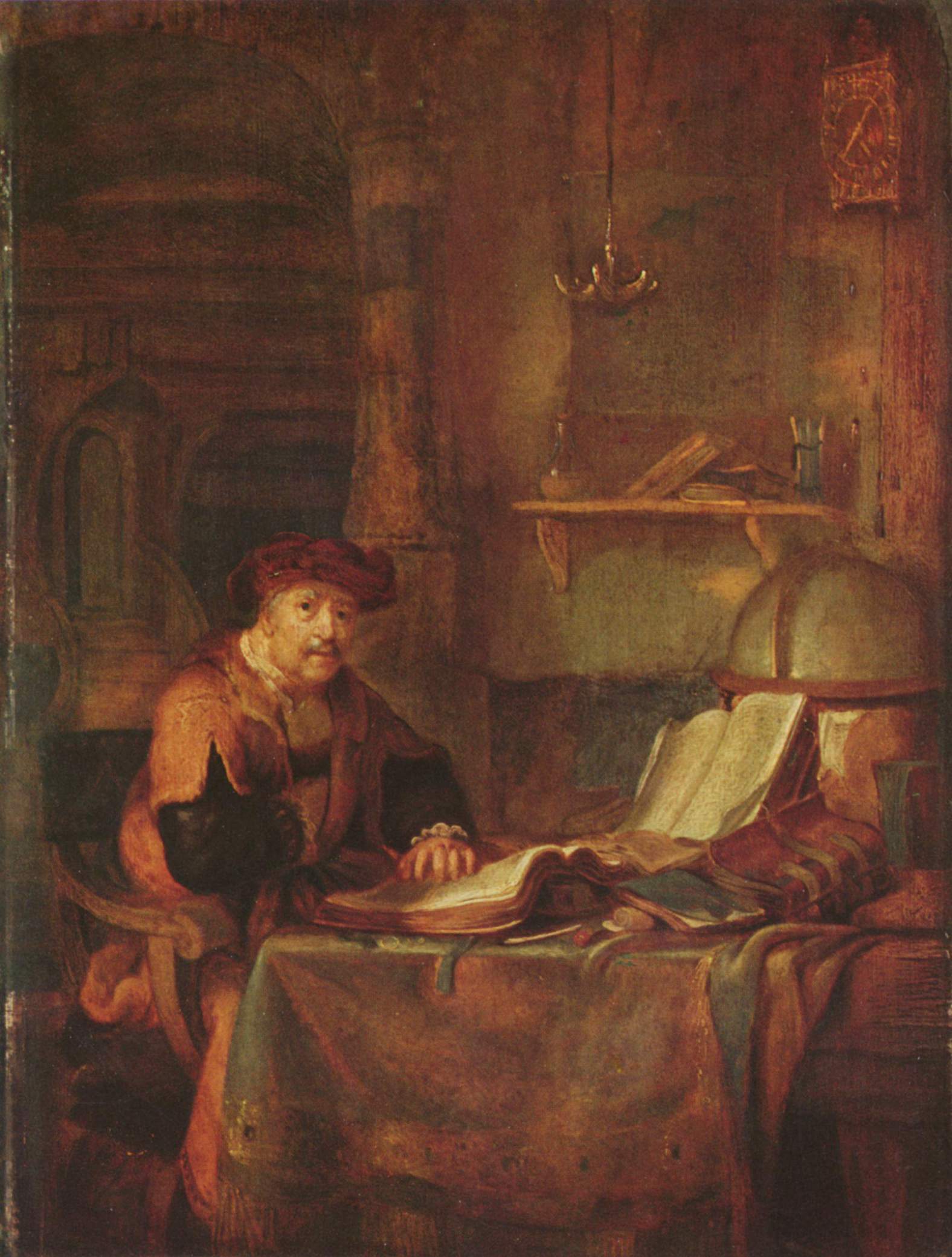|
John Berry Haycraft
John Berry Haycraft FRSE (bapt. 15 March 1857 – 30 December 1922) was a British physician and professor in physiology who carried out important medical research. Biography Haycraft was born in Lewes, East Sussex, England, in 1857, the son of actuary John Berry Haycraft. His younger brother was Sir Thomas Haycraft, a judge in the British Colonial Service. He received his medical education at the University of Edinburgh, where he gained an MD on the history, development, and function of the carapace of the chelonia and also a DSc in public health in 1888. He worked for a time in Ludwig's laboratory in Leipzig. In 1880, he was elected a Fellow of the Royal Society of Edinburgh. His proposers were Peter Guthrie Tait, William Rutherford, Sir William Turner, and Sir Thomas Richard Fraser. In 1881, he was appointed chair of physiology at Mason College (which later became the University of Birmingham). He taught in Birmingham and attracted many students to the city. During hi ... [...More Info...] [...Related Items...] OR: [Wikipedia] [Google] [Baidu] |
FRSE
Fellowship of the Royal Society of Edinburgh (FRSE) is an award granted to individuals that the Royal Society of Edinburgh, Scotland's national academy of science and letters, judged to be "eminently distinguished in their subject". This society received a royal charter in 1783, allowing for its expansion. Elections Around 50 new fellows are elected each year in March. there are around 1,650 Fellows, including 71 Honorary Fellows and 76 Corresponding Fellows. Fellows are entitled to use the post-nominal letters FRSE, Honorary Fellows HonFRSE, and Corresponding Fellows CorrFRSE. Disciplines The Fellowship is split into four broad sectors, covering the full range of physical and life sciences, arts, humanities, social sciences, education, professions, industry, business and public life. A: Life Sciences * A1: Biomedical and Cognitive Sciences * A2: Clinical Sciences * A3: Organismal and Environmental Biology * A4: Cell and Molecular Biology B: Physical, Engineering an ... [...More Info...] [...Related Items...] OR: [Wikipedia] [Google] [Baidu] |
Thomas Richard Fraser
Sir Thomas Richard Fraser (5 February 1841 – 4 January 1920) was a British physician and pharmacologist. Together with Alexander Crum Brown he discovered the relationship between physiological activity and chemical constitution of the body. Life He was born in Calcutta in India on 5 February 1841, the second son of Mary Palmer and John Richard Fraser, Indian civil servant. Fraser attended the University of Edinburgh Medical School and graduated with an MD and gold medal in 1862. His award-winning thesis was based on the positive medical applications of physostigmine. This had been discovered by Sir Robert Christison in 1846 but its suggested uses were largely as a humane killing mechanism rather than as a medical tool.https://www.rcpe.ac.uk/sites/default/files/notable_fellow.pdf In 1869, Fraser was a medical assistant professor at the Edinburgh Royal Infirmary. In 1877, he was a member of an Arctic expedition and later in 1877 was appointed professor of medicine at the Un ... [...More Info...] [...Related Items...] OR: [Wikipedia] [Google] [Baidu] |
Henry De Vere Stacpoole
Henry de Vere Stacpoole (9 April 1863 – 12 April 1951) was an Irish author. His best-known work is the 1908 romance novel '' The Blue Lagoon'', which has been adapted into multiple films. He published using his own name and sometimes the pseudonym Tyler de Saix. Biography He was born in Kingstown—today's Dún Laoghaire—in Taney, near Dublin, on April 9, 1863; He was the last son of the Reverend William Church Stacpoole, theologian and principal of Kingstown School, and Charlotte Augusta (née Mountjoy). He had three older sisters: the eldest was Florence Stacpoole, who wrote books and pamphlets on health and medicine. Henry attributed his love for nature which characterized his entire existence to the influence of his mother, who was of Irish origin but had spent her childhood until the age of twelve in the wildest and most wooded regions of Canada until she became a widow and decided to return to Ireland. Reverend William died prematurely in 1870 and the mother raised h ... [...More Info...] [...Related Items...] OR: [Wikipedia] [Google] [Baidu] |
Royston, Hertfordshire
Royston is a town and civil parish in the District of North Hertfordshire and county of Hertfordshire in England. It is situated on the Greenwich Meridian, which brushes the town's eastern boundary, and at the northernmost apex of the county on the same latitude as towns such as Milton Keynes and Ipswich. It is about north of central London in a rural area. Before the boundary changes of the 1890s, the boundary between Hertfordshire and Cambridgeshire ran east–west through the centre of town along the middle of Melbourn Street. The town has a population of 15,781 as of 2011.Office for National Statistics : ''Census 2011 : Parish Headcounts : North Hertfordshire'' Retrieved 2013-03-18 History [...More Info...] [...Related Items...] OR: [Wikipedia] [Google] [Baidu] |
Cardiff University
, latin_name = , image_name = Shield of the University of Cardiff.svg , image_size = 150px , caption = Coat of arms of Cardiff University , motto = cy, Gwirionedd, Undod a Chytgord , mottoeng = Truth, Unity and Concord , established = 1883 (/)2005 (independent university status) , type = Public , endowment = £45.5 million (2021) , budget = £603.4 million (2020–21) , total_staff = 6,900 (2019/20) , academic_staff = 3,350 (2019/20) , chancellor = Jenny Randerson , vice_chancellor = Colin Riordan , students = () , undergrad = () , postgrad = () , other = , city = Cardiff , country = Wales, United Kingdom , coor = , campus = Urban , colours = , mascot = , affiliations = Russell Group EUAUniversities UK GW4 , website cardiff.ac.uk, logo = Cardiff University ( cy, Prifysgol Caerdydd) is a public research university in Cardiff, Wales, United Kingdom. It was established in 1883 as the University College of South Wales and Monmouthshi ... [...More Info...] [...Related Items...] OR: [Wikipedia] [Google] [Baidu] |
British Medical Association
The British Medical Association (BMA) is a registered trade union for doctors in the United Kingdom. The association does not regulate or certify doctors, a responsibility which lies with the General Medical Council. The association's headquarters are in Tavistock Square, London and it has national offices in Cardiff, Belfast, and Edinburgh, a European office in Brussels and a number of offices in English regions. The BMA has a range of representative and scientific committees and is recognised by National Health Service (NHS) employers as the sole contract negotiator for doctors. The BMA's stated aim is "to promote the medical and allied sciences, and to maintain the honour and interests of the medical profession". History Provincial Medical and Surgical Association and Webster's Medical Association The British Medical Association traces its origins to the Provincial Medical and Surgical Association (PMSA), founded by Sir Charles Hastings on 19 July 1832, and to the "Brit ... [...More Info...] [...Related Items...] OR: [Wikipedia] [Google] [Baidu] |
Scholar
A scholar is a person who pursues academic and intellectual activities, particularly academics who apply their intellectualism into expertise in an area of study. A scholar can also be an academic, who works as a professor, teacher, or researcher at a university. An academic usually holds an advanced degree or a terminal degree, such as a master's degree or a doctorate (PhD). Independent scholars, such as philosophers and public intellectuals, work outside of the academy, yet publish in academic journals and participate in scholarly public discussion. Definitions In contemporary English usage, the term ''scholar'' sometimes is equivalent to the term ''academic'', and describes a university-educated individual who has achieved intellectual mastery of an academic discipline, as instructor and as researcher. Moreover, before the establishment of universities, the term ''scholar'' identified and described an intellectual person whose primary occupation was professional research. ... [...More Info...] [...Related Items...] OR: [Wikipedia] [Google] [Baidu] |
London
London is the capital and List of urban areas in the United Kingdom, largest city of England and the United Kingdom, with a population of just under 9 million. It stands on the River Thames in south-east England at the head of a estuary down to the North Sea, and has been a major settlement for two millennia. The City of London, its ancient core and financial centre, was founded by the Roman Empire, Romans as ''Londinium'' and retains its medieval boundaries.See also: Independent city#National capitals, Independent city § National capitals The City of Westminster, to the west of the City of London, has for centuries hosted the national Government of the United Kingdom, government and Parliament of the United Kingdom, parliament. Since the 19th century, the name "London" has also referred to the metropolis around this core, historically split between the Counties of England, counties of Middlesex, Essex, Surrey, Kent, and Hertfordshire, which largely comprises Greater London ... [...More Info...] [...Related Items...] OR: [Wikipedia] [Google] [Baidu] |
Hirudin
Hirudin is a naturally occurring peptide in the salivary glands of blood-sucking leeches (such as '' Hirudo medicinalis'') that has a blood anticoagulant property. This is fundamental for the leeches’ habit of feeding on blood, since it keeps a host's blood flowing after the worm's initial puncture of the skin. Hirudin (MEROPS I14.001) belongs to a superfamily (MEROPS IM) of protease inhibitors that also includes haemadin (MEROPS I14.002) and antistasin (MEROPS I15). Structure During his years in Birmingham and Edinburgh, John Berry Haycraft had been actively engaged in research and published papers on the coagulation of blood, and in 1884, he discovered that the leech secreted a powerful anticoagulant, which he named hirudin, although it was not isolated until the 1950s, nor its structure fully determined until 1976. Full length hirudin is made up of 65 amino acids. These amino acids are organized into a compact N-terminal domain containing three disulfide bonds and a C-t ... [...More Info...] [...Related Items...] OR: [Wikipedia] [Google] [Baidu] |
Anticoagulant
Anticoagulants, commonly known as blood thinners, are chemical substances that prevent or reduce coagulation of blood, prolonging the clotting time. Some of them occur naturally in blood-eating animals such as leeches and mosquitoes, where they help keep the bite area unclotted long enough for the animal to obtain some blood. As a class of medications, anticoagulants are used in therapy for thrombotic disorders. Oral anticoagulants (OACs) are taken by many people in pill or tablet form, and various intravenous anticoagulant dosage forms are used in hospitals. Some anticoagulants are used in medical equipment, such as sample tubes, blood transfusion bags, heart–lung machines, and dialysis equipment. One of the first anticoagulants, warfarin, was initially approved as a rodenticide. Anticoagulants are closely related to antiplatelet drugs and thrombolytic drugs by manipulating the various pathways of blood coagulation. Specifically, antiplatelet drugs inhibit plate ... [...More Info...] [...Related Items...] OR: [Wikipedia] [Google] [Baidu] |
Leech
Leeches are segmented parasitic or predatory worms that comprise the subclass Hirudinea within the phylum Annelida. They are closely related to the oligochaetes, which include the earthworm, and like them have soft, muscular segmented bodies that can lengthen and contract. Both groups are hermaphrodites and have a clitellum, but leeches typically differ from the oligochaetes in having suckers at both ends and in having ring markings that do not correspond with their internal segmentation. The body is muscular and relatively solid, and the coelom, the spacious body cavity found in other annelids, is reduced to small channels. The majority of leeches live in freshwater habitats, while some species can be found in terrestrial or marine environments. The best-known species, such as the medicinal leech, '' Hirudo medicinalis'', are hematophagous, attaching themselves to a host with a sucker and feeding on blood, having first secreted the peptide hirudin to prevent the blo ... [...More Info...] [...Related Items...] OR: [Wikipedia] [Google] [Baidu] |
Blood
Blood is a body fluid in the circulatory system of humans and other vertebrates that delivers necessary substances such as nutrients and oxygen to the cells, and transports metabolic waste products away from those same cells. Blood in the circulatory system is also known as ''peripheral blood'', and the blood cells it carries, ''peripheral blood cells''. Blood is composed of blood cells suspended in blood plasma. Plasma, which constitutes 55% of blood fluid, is mostly water (92% by volume), and contains proteins, glucose, mineral ions, hormones, carbon dioxide (plasma being the main medium for excretory product transportation), and blood cells themselves. Albumin is the main protein in plasma, and it functions to regulate the colloidal osmotic pressure of blood. The blood cells are mainly red blood cells (also called RBCs or erythrocytes), white blood cells (also called WBCs or leukocytes) and platelets (also called thrombocytes). The most abundant cells in verte ... [...More Info...] [...Related Items...] OR: [Wikipedia] [Google] [Baidu] |






